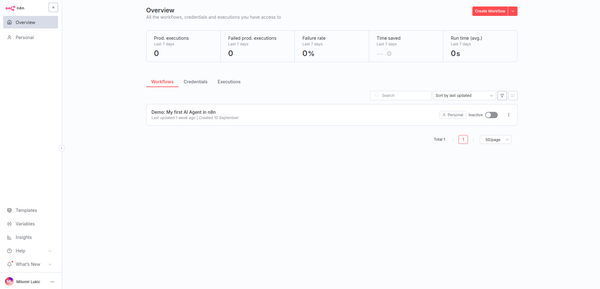Blockchain: A Revolution That’s Changing the World of Technology

Blockchain technology has emerged as one of the most transformative innovations of the 21st century. Initially popularized by cryptocurrencies like Bitcoin, blockchain now extends far beyond digital currencies, influencing sectors from finance to healthcare, supply chain management, and beyond. Understanding blockchain is crucial for anyone interested in modern technology and innovation.
1. What is Blockchain?
At its core, blockchain is a decentralized and distributed ledger that records transactions across a network of computers. Each “block” contains a batch of transactions, and once a block is added, it cannot be altered without consensus from the network, making the system secure, transparent, and immutable.
Key Features:
- Decentralization: No single entity controls the network.
- Transparency: All transactions are visible to authorized participants.
- Security: Cryptographic principles prevent fraud and tampering.
- Immutability: Once recorded, data cannot be changed, ensuring trust.
2. Applications of Blockchain
Finance and Cryptocurrencies
Blockchain revolutionized finance with cryptocurrencies like Bitcoin and Ethereum, enabling peer-to-peer transactions without intermediaries.
Supply Chain Management
Companies use blockchain to track products from origin to delivery, ensuring authenticity, reducing fraud, and improving efficiency.
Healthcare
Blockchain enables secure sharing of patient data, maintaining privacy while allowing authorized access for medical purposes.
Smart Contracts
Automated, self-executing contracts reduce the need for intermediaries, saving time and costs across industries.
Voting Systems
Blockchain-based voting ensures transparency and tamper-proof election results, increasing trust in democratic processes.
3. Benefits of Blockchain
- Security: Encryption ensures data integrity and prevents unauthorized access.
- Transparency: Every participant can verify transactions, reducing fraud.
- Efficiency: Streamlines processes by removing intermediaries and automating workflows.
- Innovation: Enables new business models, such as decentralized finance (DeFi) and non-fungible tokens (NFTs).
4. Challenges and Considerations
Despite its potential, blockchain faces several challenges:
- Scalability: Handling large volumes of transactions efficiently remains a concern.
- Energy Consumption: Proof-of-Work blockchains, like Bitcoin, consume significant energy.
- Regulation: Governments are still establishing frameworks for blockchain and cryptocurrencies.
- Integration: Legacy systems may struggle to integrate with blockchain solutions.
5. The Future of Blockchain
Blockchain continues to evolve, with emerging trends including:
- Decentralized Finance (DeFi): Financial services without traditional banks.
- Enterprise Blockchain Solutions: Tailored solutions for industries like logistics, healthcare, and retail.
- Cross-Chain Interoperability: Connecting different blockchains for seamless operations.
- Sustainable Blockchain: Developing energy-efficient consensus mechanisms.
Blockchain is more than a technological trend—it is a paradigm shift redefining how trust, security, and transactions operate in the digital age.
Conclusion
Blockchain is a revolutionary technology reshaping industries worldwide. From finance to healthcare, it offers transparency, security, and efficiency. While challenges remain, the future promises innovation, new business models, and a more connected, trustworthy digital ecosystem.



